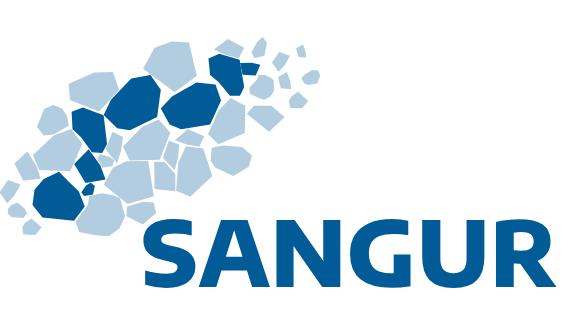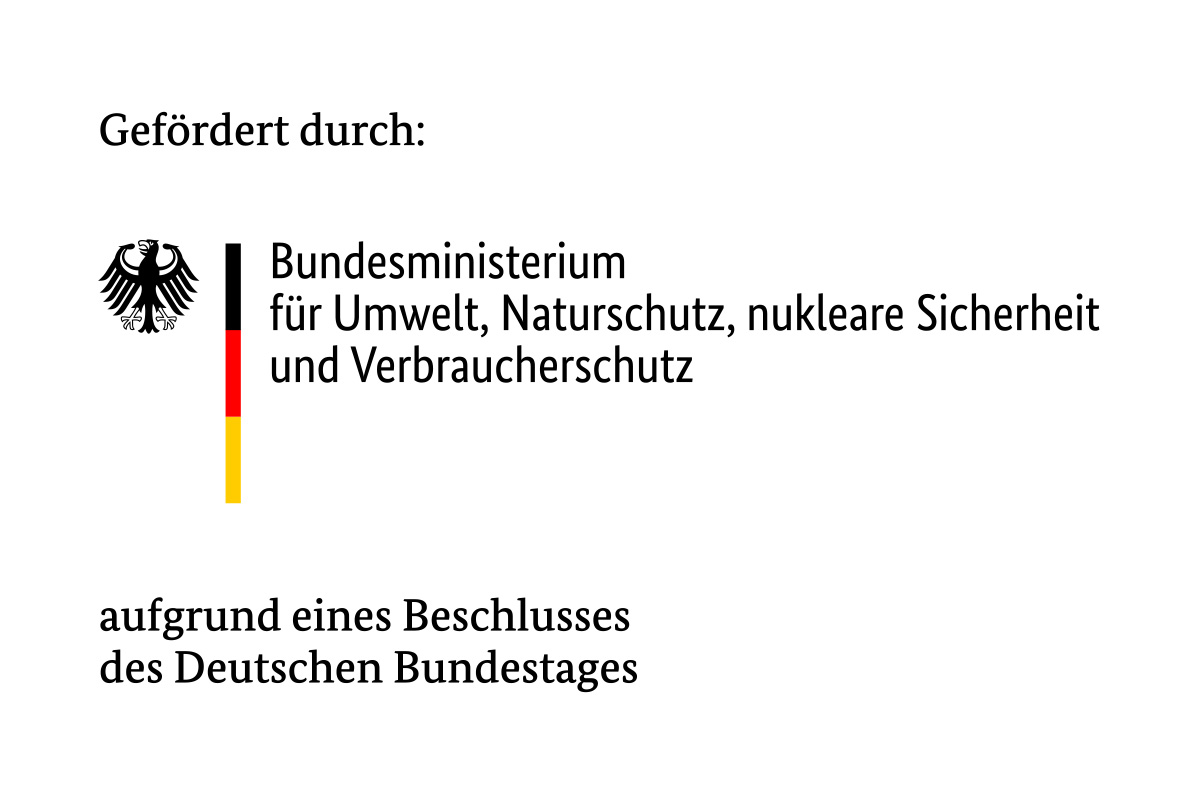SANGUR
Systematic sensitivity analysis for mechanistic geochemical models using field data from crystalline rock
The project aims on an improved understanding and incorporation of parameter uncertainty in the context of nuclear waste disposal. It is of paramount interest to gain conceivable and defensible error margins for all major target functions within long-term safety assessments of future repository system in deep geological formations. This is not only a crucial prerequisite to find the system with the best safety solutions but also to earn understanding and support from the society at large and namely the regional and local population. The project treats the geologic part of the overall repository system, namely the host rock (here: crystalline rock formations) including the excavated and damaged zone (EDZ). But - with its fundamental approach – it has also direct connections to various features of the engineered barrier system (EBS) and even to some aspects of the waste container evolution.
The project builds on a comprehensive summary (state-of-the-art report - SOTA) of the current treatment of uncertainties by sensitivity analysis in geologic systems from a mathematical point of view, also covering advanced software implementations. This is complemented by a thorough analysis of the reactive transport processes in crystalline rock and the derivation of respective models. In a next step, these models will be parametrized including realistic uncertainties. In parallel, the SOTA report will be used to develop a toolbox combining selected sensitivity analysis (SA) algorithms with representative geochemical speciation codes. The results from all these project tiers will then be evaluated with attest case. Finally, a methodology for model reduction will be derived, as well as priorities in future research.


Info.:
Förderkennzeichen:
02 E 12112B
Laufzeit:
02-2023 bis 01-2026
Partner:
HZDR – Helmholtz-Zentrum Dresden-Rossendorf
ÚJV Řež, a. s.